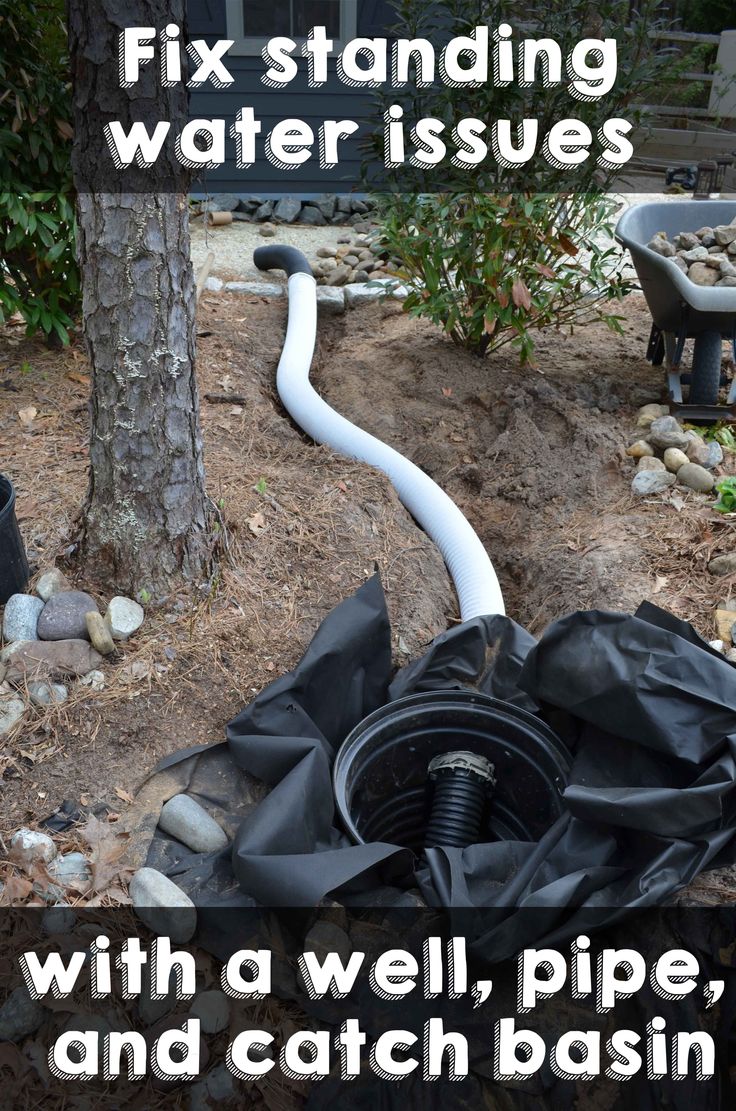How To Remove Standing Water From My Yard

Clay isn t the only thing in the soil that keeps water from percolating downward and causing it.
How to remove standing water from my yard. A common approach to removing the water is to fill the wet area with topsoil. While this plan can work sometimes it will only move the water from one wet area to another. Be careful of overwatering your lawn. Cover and enjoy the end of standing water.
Removing standing water from a yard poorly draining soils. Add sand to the ground near the area to allow water to drain away from the spot. Typically once per week is acceptable since most lawns require about 1 1 5 of rain per week. Because the majority of water drainage on lawns typically occurs through the soil soil type.
Topdressing is a straightforward method to fix superficial depressions in and around your yard that accumulate water complying with heavy rainfall. It is also best to water in the morning between 4 and 7 am. If altering your gardening and maintenance habits doesn t correct the issue further investigation may be necessary. Try watering your lawn less frequently and or for shorter periods of time.
Drain your garden properly. This approach levels reduced locations making use of layers of soil used over the existing lawn. There is a. Let s walk through this process and see just how simple the ez drain system is compared to traditional french drain solutions.
Lawns should be graded or leveled. Overwatering your lawn can actually be a huge detriment and lead to standing water in your yard. Trench with the grade. Check for underground utilities.
Add organic matter to your soil standing water is undesirable for any homeowner but you don t have to live with it. Most professionals recommend that you do not water your lawn everyday. If your home is equipped with an automatic sprinkler or irrigation system you may need to make certain adjustments to address a problem with standing water. Install ez drain french drain piping.














































